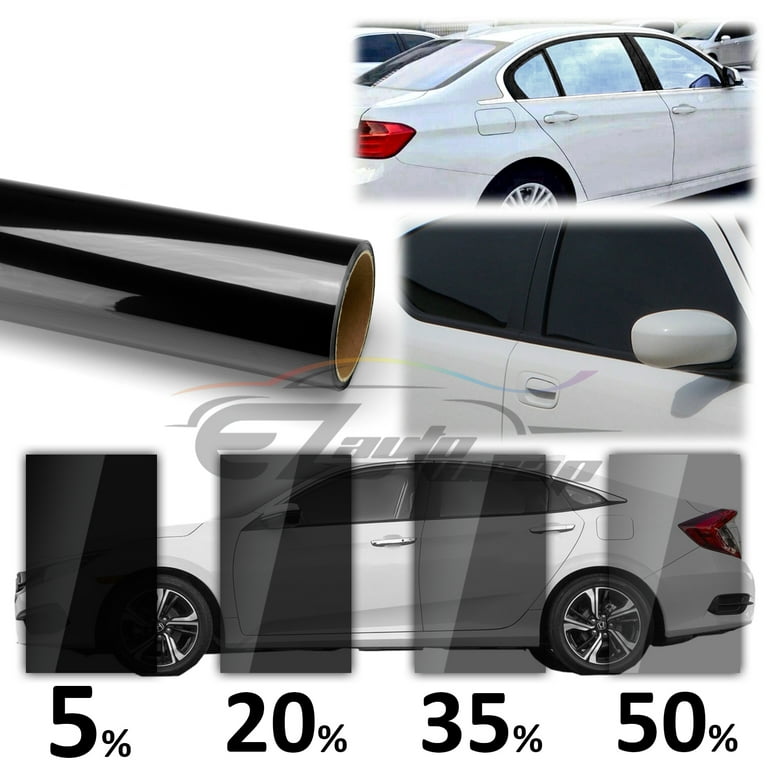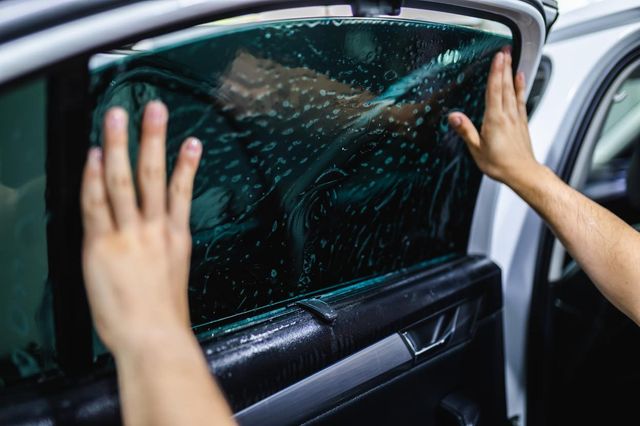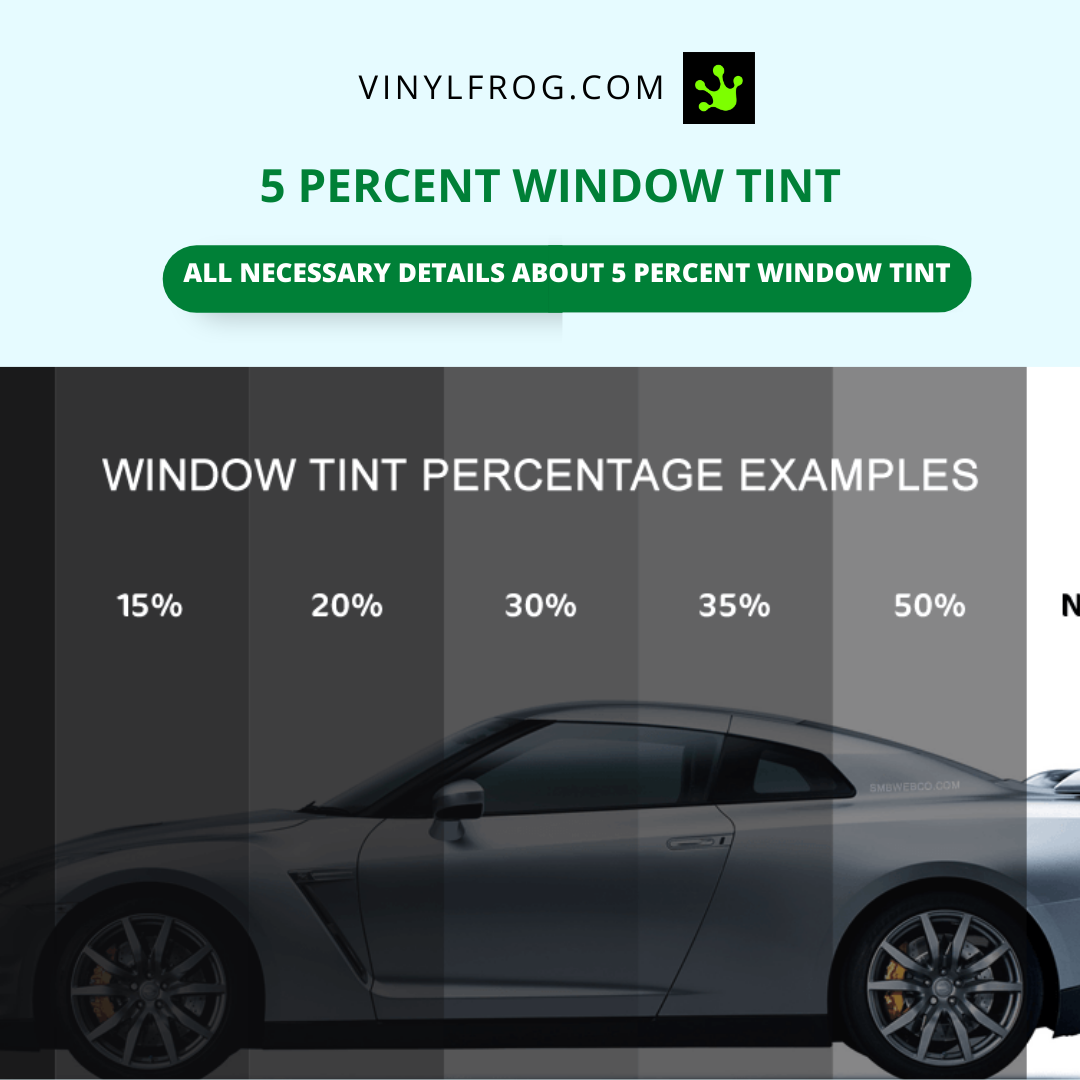Automobile Window Tinting for Enhanced Safety And Security and Lowered Break-Ins
Automobile Window Tinting for Enhanced Safety And Security and Lowered Break-Ins
Blog Article
Window Tinting Laws and Standards: What You Required to Know Before Tinting Your Vehicle
Before continuing with home window tinting for your car, it is essential to acquaint on your own with the diverse legislations and standards that control this practice across various states. These regulations dictate the acceptable degrees of color darkness, commonly gauged by noticeable light transmission (VLT) percents, and consist of particular stipulations for front windscreens intended at guaranteeing road safety and security.
Summary of Home Window Tinting Rules
Home window tinting legislations are often based on variation across various territories, reflecting regional policies and security considerations. These legislations dictate the allowable levels of color darkness and reflectiveness on automobile home windows, ensuring that chauffeurs preserve sufficient presence while additionally protecting against dangerous UV rays and heat.
Most laws categorize window tinting based upon the Visible Light Transmission (VLT) percentage, which shows the amount of light that can go through the home window. Normally, reduced VLT percents represent darker colors. Regulations frequently differentiate in between the front, side, and back windows, with more stringent restrictions put on the front windshield to enhance security for both the driver and various other roadway users.
In addition, some jurisdictions impose constraints on the reflectivity of the tint, preventing excessive glow that can hinder visibility. Exemptions to these regulations may exist for people with particular clinical conditions calling for additional sunlight protection. Conformity with window tinting guidelines is critical, as violations can result in penalties, compulsory removal of the tint, and prospective rises in insurance coverage costs. As a result, it is important for automobile owners to acquaint themselves with local legislations prior to continuing with home window tinting setups.
State-by-State Color Rules
Understanding the particular window tinting policies in each state is crucial for lorry proprietors looking for to adhere to the legislation. Each state in the united state has actually developed its very own set of guidelines governing window tinting, which can vary substantially. These laws often dictate the permitted levels of tint darkness, the types of home windows that can be tinted, and any clinical exemptions that may use.
For circumstances, states like California have strict constraints on color darkness for front windows, while others, such as New Mexico, may allow darker tints. Furthermore, certain states mandate certain presence percents for different home windows, including the windshield, front side home windows, and back home windows. It is critical for car proprietors to acquaint themselves with their state's legislations to avoid potential penalties or penalties.
In addition, some states may call for a qualification sticker to be positioned on tinted windows, indicating conformity with state legislations. Failure to stick to these laws not only risks legal effects yet can likewise impact safety and security and visibility while driving. Automobile owners ought to perform thorough research study or speak with neighborhood authorities to make sure complete understanding and compliance with state-by-state color policies.
Allowed Color Types and levels
Lots of lorry owners may be stunned to learn that enabled color levels and kinds vary widely across various states. Each state has actually established its own regulations relating to the permissible darkness and reflectivity of home window tint, commonly gauged by Visible Light Transmission (VLT) percents. VLT refers to the amount of light that can go through the colored home windows; hence, a lower portion shows a darker color.

Additionally, the sorts of tint products permitted can vary, with some states restricting metal or mirror-like coatings. It is vital for automobile proprietors to acquaint themselves with their state's certain legislations to make sure conformity. Non-compliance can result in penalties, necessary elimination of the color, or other legal repercussions, making it critical to recognize these regulations prior to proceeding with installation.
Medical Exceptions for Tinting
While not all states give allocations for clinical exceptions relating to home window tinting, those great post to read that do recognize the necessity for particular individuals to enhance visibility and convenience because of medical problems. Different clinical problems, such as lupus, skin cancer, and certain eye conditions, can provide people specifically conscious sunshine. These individuals may call for darker colors to safeguard themselves from unsafe UV rays and glare.

It is very important to note that even with a medical exemption, there might still be constraints on the degree of tint permitted. Compliance with state laws ensures that individuals are both secured and within legal limitations. Those considering medical exemptions need to contact their neighborhood Department of Electric motor Automobiles or comparable authority to comprehend the treatments and requirements needed to look for an exception properly.
Charges for Non-Compliance
Falling short to abide by home window tinting regulations can cause considerable charges, which vary by state. Police are encouraged to release citations for lorries that do not stick to the defined tinting laws. These penalties generally consist of fines, which can vary from modest total up to numerous hundred dollars, relying on the intensity of the violation and the state in concern.
In some jurisdictions, repeated offenses may lead Website to rising penalties or extra penalties, such as compulsory court appearances. Non-compliance might demand the removal of prohibited tinting, typically at the proprietor's expense. In severe situations, habitual offenders may face suspension of their car registration up until conformity is achieved.
In addition, insurance policy ramifications might emerge from obtaining several citations for window color offenses. Insurance companies may see such infractions as a sign of riskier actions, potentially leading to increased costs or trouble in protection.
To stay clear of these fines, it is critical for lorry owners to familiarize themselves with their neighborhood window tinting laws and ensure that their car complies (Window Tinting). why not look here This aggressive strategy not only avoids lawful implications yet likewise advertises road security
Conclusion

Many laws identify window tinting based on the Visible Light Transmission (VLT) percent, which shows the amount of light that can pass via the window. Compliance with window tinting regulations is important, as offenses can result in penalties, obligatory removal of the tint, and potential increases in insurance premiums.Comprehending the details home window tinting guidelines in each state is essential for lorry proprietors seeking to conform with the law. These guidelines often dictate the allowable degrees of color darkness, the kinds of home windows that can be tinted, and any clinical exemptions that may apply.
For circumstances, states like California have strict constraints on tint darkness for front home windows, while others, such as New Mexico, might permit darker tints.
Report this page